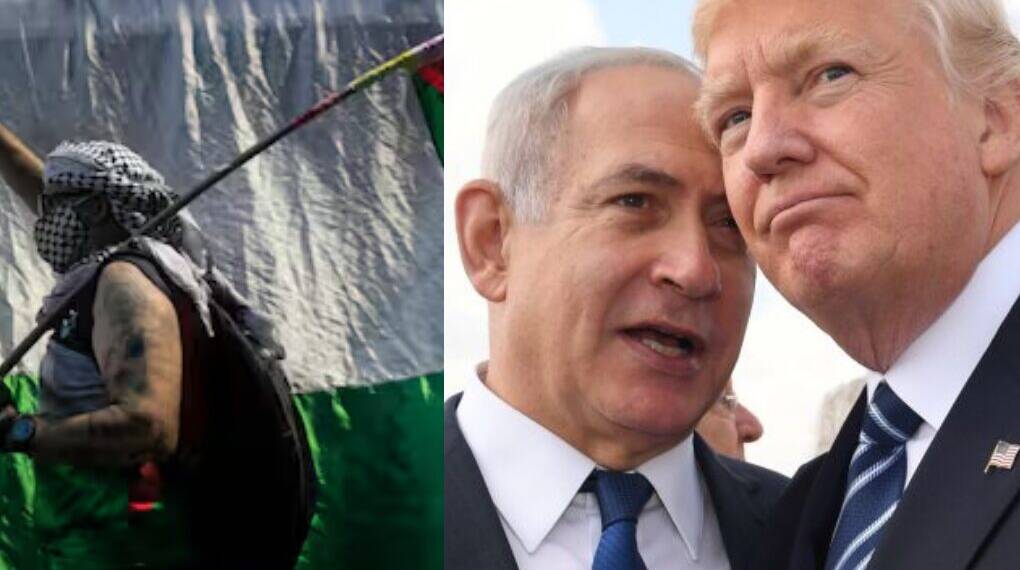A glimmer of cautious optimism emerged in the nearly two-year-old conflict in Gaza after Hamas, the Palestinian militant group controlling the Gaza Strip, announced on Friday its willingness to release all Israeli hostages and the bodies of the deceased. While the statement signals a potential breakthrough, significant uncertainties remain regarding the broader framework of peace, particularly the future governance of Gaza and the disarmament of Hamas.
Hamas expressed readiness to engage in immediate negotiations to achieve a prisoner exchange, halt the war, and facilitate the withdrawal of Israeli forces from Gaza. Spokesman Taher al-Nunu told AFP, “Hamas is ready to immediately begin negotiations to achieve a prisoner exchange, end the war, and ensure the withdrawal of the Israeli army from the Gaza Strip.”
However, the statement was ambiguous, noting that hostages would be released “according to the exchange formula contained in President Trump’s proposal, and as the field conditions for the exchange are met,” without clarifying what those conditions entail.
The development coincided with Israel signaling its preparedness to implement the “first stage” of U.S. President Donald Trump’s peace plan, which calls for the immediate cessation of hostilities and arrangements for the release of hostages.
Netanyahu’s office stated, “Israel is preparing for the immediate implementation of the first stage of the Trump plan for the release of all the hostages.” Following Hamas’ announcement, Trump ordered Israel to halt bombing operations in Gaza, emphasizing the opportunity to move closer to a ceasefire.
Partial Acceptance of Trump’s Peace Plan
Hamas’ position represents a partial acceptance of President Trump’s proposed plan while leaving certain aspects open for further consultation among Palestinian factions. The plan, released by the White House, is comprehensive, addressing both immediate humanitarian needs and long-term governance and security arrangements for the Gaza Strip. Key elements include:
Establishing Gaza as a deradicalized, terror-free zone.
Redevelopment and humanitarian support for Gaza, including rehabilitation of water, electricity, hospitals, bakeries, and roads.
Staged ceasefire and withdrawal of Israeli forces while hostages are returned within 72 hours of agreement.
Release of Palestinian prisoners in exchange for Israeli hostages.
Amnesty and safe passage for Hamas members who commit to peaceful coexistence.
Governance by an independent technocratic Palestinian committee, supervised by an international transitional body, the “Board of Peace,” chaired by Trump.
Creation of a special economic zone and a Trump-led economic development plan to rebuild Gaza.
Demilitarization of Hamas and other factions, with destruction of tunnels, weapon facilities, and terror infrastructure.
Deployment of a temporary International Stabilization Force (ISF) to secure Gaza and train Palestinian police.
A long-term pathway toward Palestinian self-determination and statehood once conditions allow.
The plan emphasizes a phased approach, combining humanitarian relief, security guarantees, governance reform, and economic development, aiming to provide Gaza’s population with stability and hope after two years of devastating conflict.
Cautious Optimism and Remaining Challenges
Palestinians in Gaza have expressed hope for relief from Israeli bombardments, which have claimed more than 60,000 lives. Yet analysts and observers caution that many obstacles remain. Hamas has yet to address certain provisions fully, particularly its disarmament and exclusion from governance.
Additionally, the plan’s reliance on international oversight and U.S.-led mechanisms introduces complexities regarding enforcement and local acceptance.
While the announcement offers a rare opening for dialogue, both sides will need to navigate political, security, and humanitarian hurdles carefully. The successful implementation of the plan would not only bring immediate relief to civilians but could also set a precedent for a more structured approach to conflict resolution in the region.
In the coming days, attention will focus on negotiations for the hostage release, the suspension of hostilities, and the practicalities of implementing a transitional governance model. Though there are no guarantees, the recent developments mark a critical juncture in the Gaza conflict and provide a moment of cautious hope for peace.








